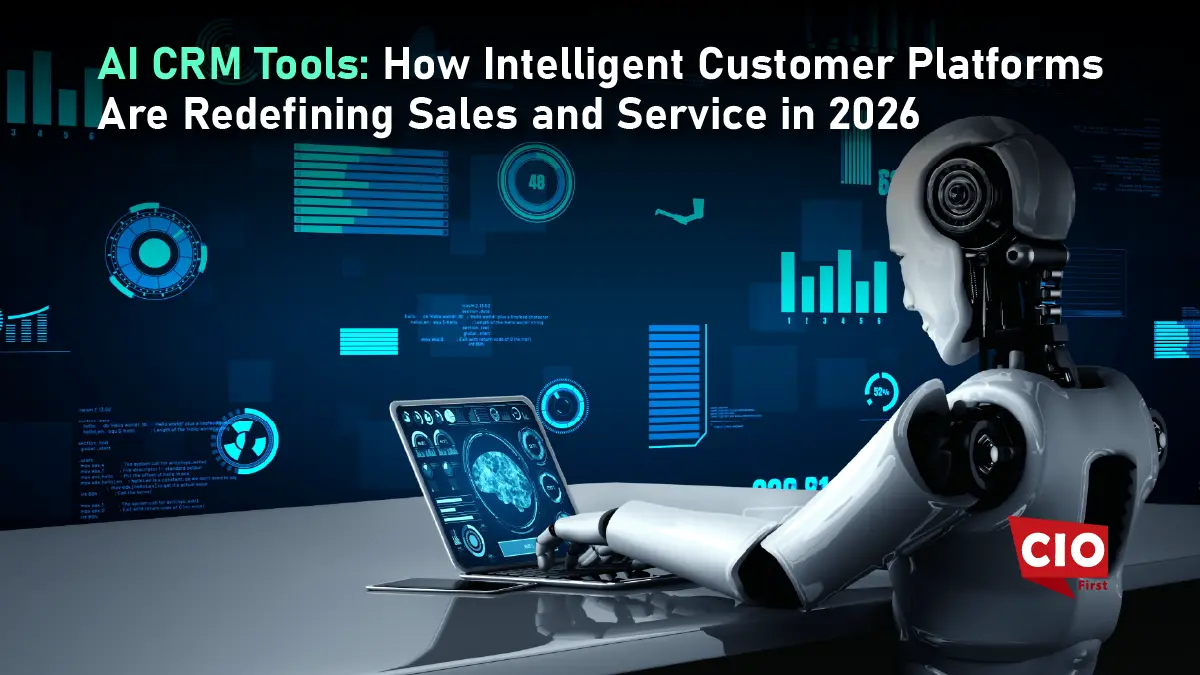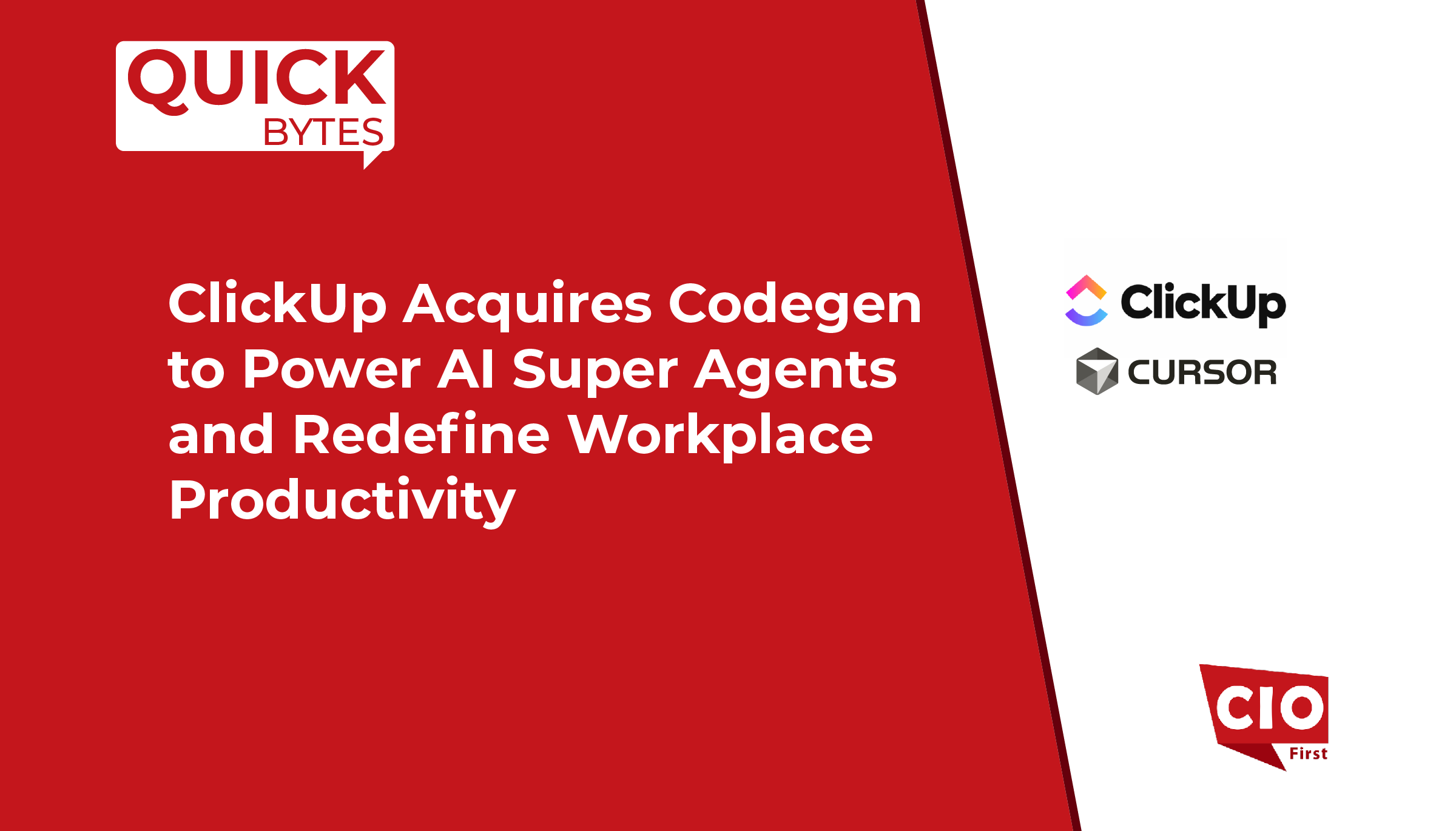Real-time analytics solutions have been shown to significantly increase an organization’s growth and return on investment. Many people, however, fail to leverage the technology to its full potential and it ends up being a complete waste of time and resources.
The rapid acceleration of digital transformation initiatives has made data more complex than ever. Because data is continually changing, evolving and being stored at an unprecedented pace, it is crucial for decision-makers to gain easy access to these real-time insights.
Decision-makers can get easy access to data with real-time analytics by applying logic and mathematics to its raw form, transforming numbers into actionable knowledge and creating opportunities for rapid and accurate decision-making. However, like with any powerful IT solution, real-time analytics needs a high degree of proficiency and understanding prior to implementation including but not limited to meeting critical real-world business demands, enhancing workflows, and understanding changing customer behavior.
Also Read: Maximizing the Benefits of Cloud with Modernization
Enterprises should develop strategies that can help them leverage real-time analytics to its full extent while also avoiding common mistakes related to it.
4 Strategies for IT Leaders to Leverage Real-time Analytics to its Full Extent
Using real-time analytics only for relevant use cases
Business and IT leaders have become so obsessed with the speed they want real-time delivery of every data insight. However, using real-time analytics is not ideal for every situation; for some it can be a waste of investment and can even be counterproductive. Hence, by knowing which analytics can benefit from real-time support, the IT team can ensure real-time analytics initiatives generate considerable value for the organization. They should develop a strategy around what the analytics will produce and what decisions can be made from the analyses.
Developing a robust and reliable infrastructure
Oftentimes enterprises may have to encounter disappointment when their anticipated accurate real-time insights fail because their infrastructure is unable to deal with the planned performance levels. Hence, to get accurate real-time analytics, the IT teams should ensure the underlying architecture supports real-time data ingestion, manipulation and processing. Additionally, the models should also be developed to support the processing of real-time data as well as data sources and not near-real-time or daily-generated batches.
Deploying applicable dashboards
Before moving ahead with any real-time analytics initiatives, the project leader should collaborate with decision-makers to understand the types of dashboards they require, since the structure of enquiry depends on that. Having these insights will enable the IT leaders to review the data capture requirements from source data. This will also ensure if the real-time analytics tool can deliver the information the decision-makers need in the exact format they desire. Furthermore, using this approach enables the IT team to place the user at the center of analytics discussions.
Also Read: Top Five Investments CIOs Must Make Ahead of Recession
Incorporating both internal and contextual data
IT leaders should ensure that their analytics strategy can ingest not only internal data but also contextual ones relating to markets, customer segments, competition, and census data points. As this strategy transforms the culture of an organization because of its data-driven and fact-based factors, this approach is highly endorsed by industry experts. A direct input on the organization’s business technology roadmap and long-term financial plan should also be made.
Access to real-time internal and contextual data, which is rich in valuable insights, can help an organization’s decision-making process evolve over time. This strategy works because it focuses on changing the culture of an enterprise by being more fact-based, data-driven, and macro-aware of their business environment.
However, if the insights are not leveraged adequately, the tool is a worthless investment. By learning about the industry best practices and crafting their strategy to leverage it to its maximum extent, IT leaders can drive the holistic growth of their enterprises.


























